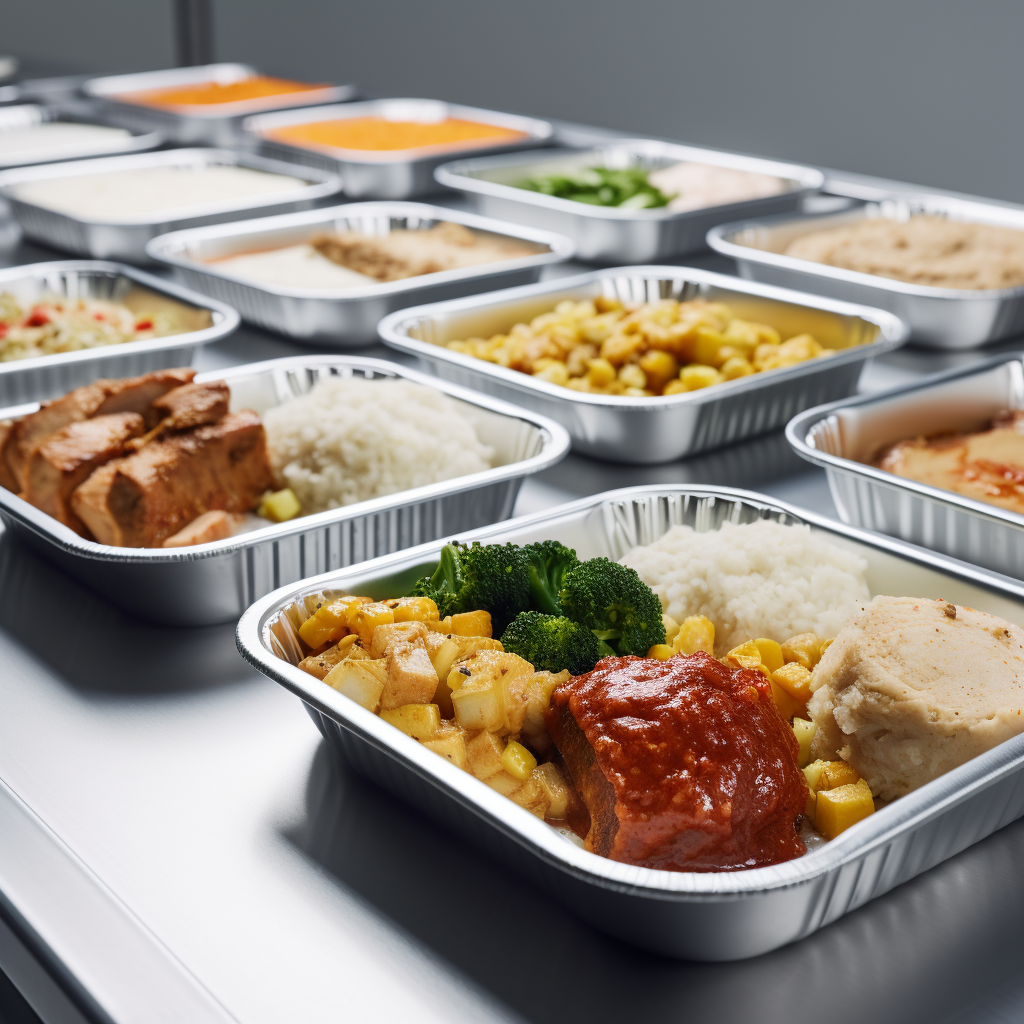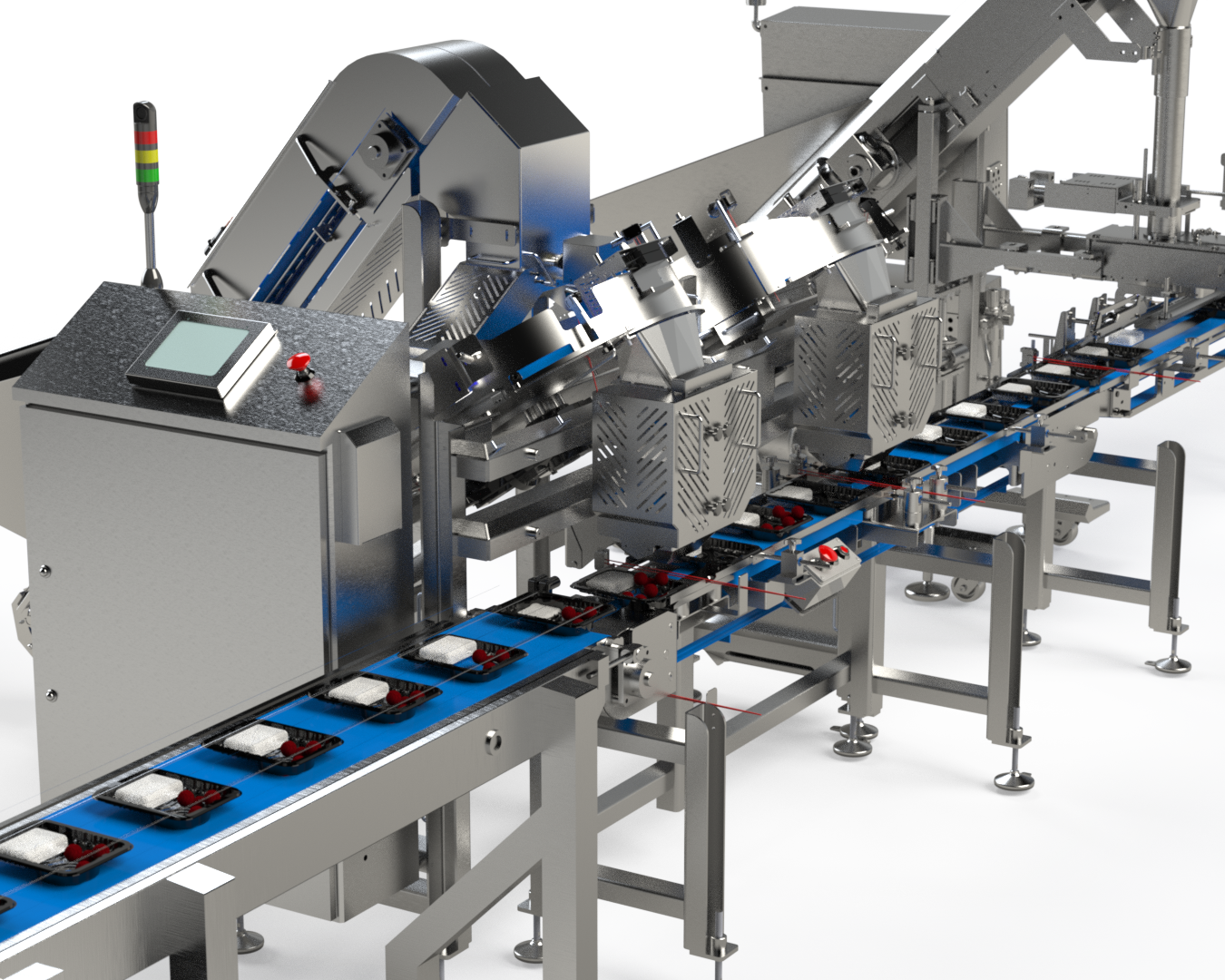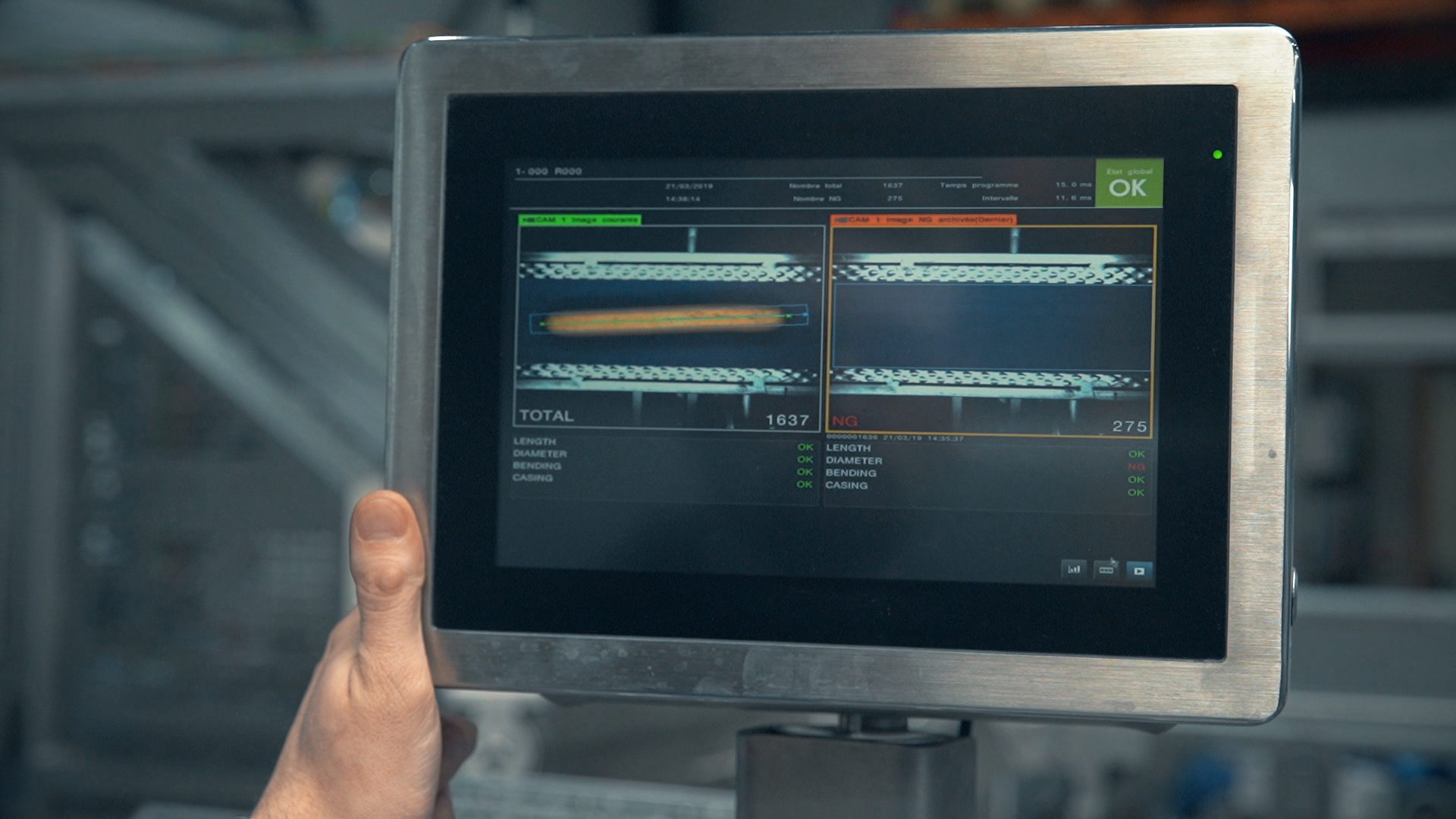One of the most common problems encountered on food packing lines is the difficulty of filling soft, moist cooked foods, such as couscous. What makes filling couscous so difficult is that it tends to form clumps and stick to food filling machines. The result is that it may be unevenly distributed and even cause the machine to get clogged, requiring temporary stoppages to the production line while cleaning is done. How can we solve the problems involved with filling foods such as couscous, rice and cooked pastas?
Filling practices
One way to deal with the challenge is to use specific filling practices that will optimize the flow of the food and prevent clumping. Unfortunately, this is easier said than done, as it requires a bit of a balancing act: on the one hand, it is best to fill it as soon as possible after cooking to prevent clumping. On the other hand, it needs to cool a little so that there is no steam to form condensation in the product and make it wet, which will also lead to the formation of clumps. The trick is to wait for the food to cool enough so that it creates minimal steam, but not to let it cool completely. New Paragraph
Better filling machines
Having the right equipment can also help you improve your couscous filling line. The designers of food filling machines have been aware of the challenges of filling foods that are prone to clumping, and have developed machines specifically designed to solve the problem. Multi-Fill’s MPFSC-120 volumetric filler, for instance, is a high-speed food depositor designed for automated filling for stickier products and/or large volumes. It is an essential addition to any food filling line that includes foods such as couscous.
Multi-Fill designs, builds and services filling machines for the ready-made food industry. Whether you are filling couscous or any other food, contact us about equipping or upgrading your food packing lines.
Designing a food filling line: Product is king

















